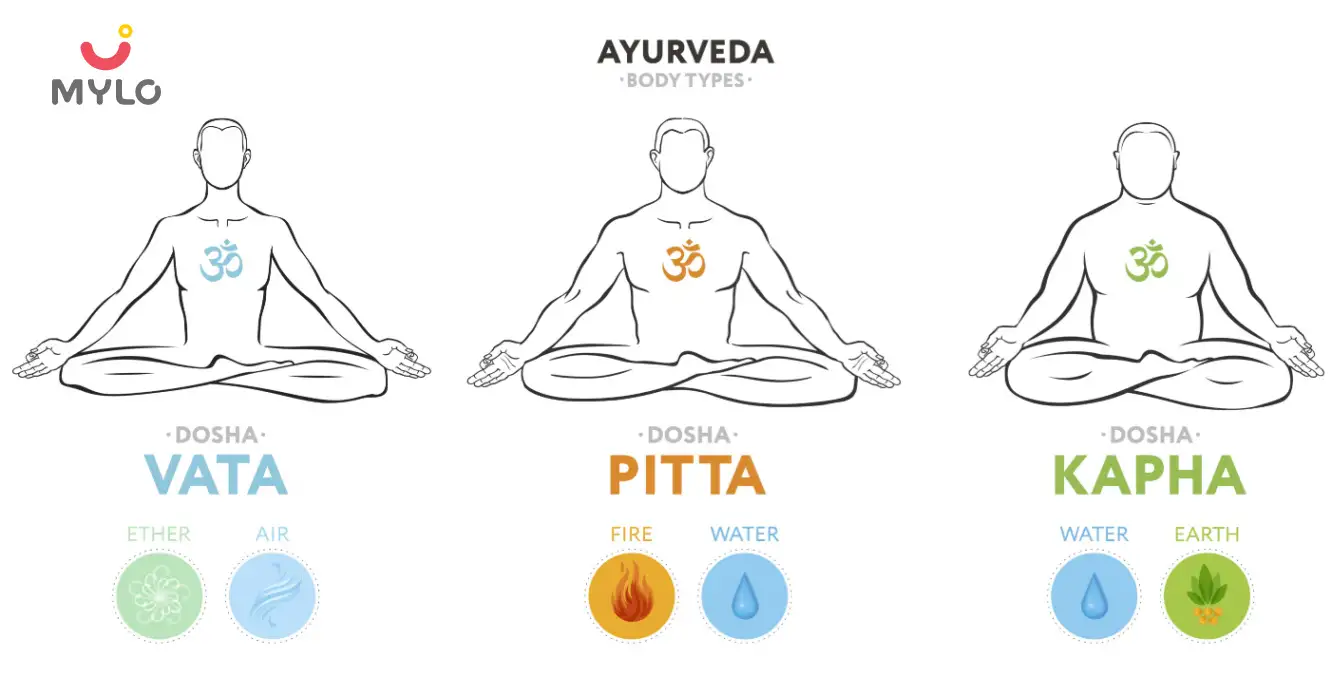Home

Second Child

When to Have Another Child: Timing and Tips
In this Article

Second Child
When to Have Another Child: Timing and Tips
Updated on 20 October 2023
Bringing a new life into the world is an exhilarating and profound journey, and parents often find themselves pondering when to embark on this adventure once more. The decision to have another child is a decision that holds the power to shape not only their families but their futures.
In this article, we will explore the ideal age gap between siblings, the benefits of having more than one child and tips to follow when planning a second child.
What are the benefits of having more than one child?
Having more than one child can bring numerous benefits to families. Here are five significant advantages of having multiple children:
1. Social Development
Siblings provide built-in playmates and companions, fostering social interaction from a young age. Children learn to share, cooperate, and resolve conflicts through their relationships with siblings.
2. Lifelong Friendships
Sibling bonds often grow stronger with time, resulting in lifelong friendships. Having siblings can provide emotional support, camaraderie, and a sense of belonging throughout one's life.
3. Learning to Care
Older siblings often take on caregiving roles, teaching responsibility, and nurturing skills. Younger siblings learn empathy, understanding, and the concept of taking care of others, which can have a lasting impact on their character.
4. Teamwork and Cooperation
Siblings work together on shared tasks and responsibilities, promoting teamwork and cooperation. These qualities are valuable in various aspects of life, including school, work, and personal relationships.
5. Negotiation and Compromise
Siblings often negotiate and compromise when making decisions, which prepares them for collaborative and adaptable behavior in their future relationships and careers.
6. Variety of Experiences
With multiple children, parents can experience a wider range of developmental stages, interests, and activities, which can be both enriching and fulfilling.
You may also like: How to prepare your older child for a new baby?
What is the best age gap between siblings?
The best or ideal age gap between siblings is a subjective matter and depends on various factors, including the family's preferences, lifestyle, and individual circumstances. Each age gap has its advantages and challenges.
Let's discuss different age gaps between siblings, ranging from 1 to 5 years:
1. One-Year Age Gap
Advantages: Siblings born very close in age often share similar interests and can become fast friends. Parents may experience an overlap in childcare stages, making it easier to manage.
Challenges: Parents may find it physically and emotionally demanding, as both children are at a stage that requires significant attention. It can be challenging to meet the needs of two very young children simultaneously.
2. Two-Year Age Gap
Advantages: A two-year age gap allows for closer bonding, as children are close enough in age to engage in similar activities. Parents often have a better grasp of childcare from their first child's experience.
Challenges: Managing the needs of a toddler and a newborn can still be demanding, as both children may require significant attention and care.
You may also like: Experiencing the Terrible Twos: What to Expect
3. Three-Year Age Gap
Advantages: A three-year age gap provides parents with more time to focus on one child's early development before adding another. Older siblings may be more independent and better able to understand the arrival of a new sibling.
Challenges: The age gap may be too wide for close play and companionship. Parents may need to start over with baby-related tasks.
4. Four-Year Age Gap
Advantages: With a four-year age gap, the older sibling is usually more independent and may even start school. Parents may have more experience and feel better prepared. The age gap allows for one-on-one bonding with each child.
Challenges: There can be limited shared interests and playtime between siblings due to the age gap.
5. Five-Year Age Gap
Advantages: A five-year age gap provides the older child with more independence and a greater understanding of their new sibling. Parents often have more flexibility in caring for both children.
Challenges: Siblings may have less in common, and it may take time for them to develop a close relationship.
The best age gap between siblings ultimately depends on individual family dynamics and preferences. Consider factors like parental readiness, career, financial stability, and the support system availability when deciding on the optimal age gap for your family.
You may also like: How to Raise a Happy Child?
What tips should you follow when planning another child?
Planning to have another baby is a significant decision and here are some things you should consider:
1. Discuss and Communicate
Open and honest communication between you and your partner is crucial. Discuss your desires, expectations, and concerns regarding having another baby. Make sure you are on the same page when it comes to factors such as timing, family size, and parenting roles.
2. Financial Planning
Expanding your family comes with increased financial responsibilities. Assess your current financial situation and create a budget that includes the costs of prenatal care, childbirth, childcare, etc. Consider your long-term financial goals and how they might be affected by the addition of a child.
You may also like: 5 Financial Moves You Must Make Before Your Baby Arrives
3. Health and Wellness
Before conceiving, it's essential to prioritize your health. This includes regular check-ups, maintaining a balanced diet, staying physically active, and managing any chronic conditions. You may also need to adjust medications or lifestyle habits to ensure a healthy pregnancy.
4. Childcare and Support
If you already have children, think about how the new addition will impact your existing family dynamics. Consider childcare options, especially if both parents work. Ensure that you have a support system in place to help with childcare and daily tasks, as raising multiple children can be demanding.
5. Timing
The timing of having another baby is a crucial factor to consider. Think about your career goals, what you think is the best age gap between 1st and 2nd child, and how your family dynamics will change with the addition of a new family member.
You may also like: How to manage your toddler and a new baby at the same time?
The Bottomline
In the journey of parenthood, deciding when to have another child is a deeply personal and often profound decision. It's a choice that can be influenced by countless factors, from practical considerations to emotional aspirations. As you navigate this path, remember that there is no one-size-fits-all answer. As you embark on this new adventure, may it be marked by joy, laughter, and the boundless love that only a growing family can bring.
References
1. Starbird E, Crawford K. (2019). Healthy Timing and Spacing of Pregnancy: Reducing Mortality Among Women and Their Children. Glob Health Sci Pract.
2. Heer DM. (1986). Effect of number, order, and spacing of siblings on child and adult outcomes: an overview of current research. Soc Biol.



Written by
Anupama Chadha
Anupama Chadha, born and raised in Delhi is a content writer who has written extensively for industries such as HR, Healthcare, Finance, Retail and Tech.
Read MoreGet baby's diet chart, and growth tips

Related Articles
Related Questions
Hello frnds..still no pain...doctor said head fix nhi hua hai..bt vagina me pain hai aur back pain bhi... anyone having same issues??

Kon kon c chije aisi hai jo pregnancy mei gas acidity jalan karti hain... Koi btayega plz bcz mujhe aksar khane ke baad hi samagh aata hai ki is chij se gas acidity jalan ho gyi hai. Please share your knowledge

I am 13 week pregnancy. Anyone having Storione-xt tablet. It better to have morning or night ???

Hlo to be moms....i hv a query...in my 9.5 wk i feel body joint pain like in ankle, knee, wrist, shoulder, toes....pain intensity is high...i cnt sleep....what should i do pls help....cn i cosult my doc.

Influenza and boostrix injection kisiko laga hai kya 8 month pregnancy me and q lagta hai ye plz reply me

Related Topics
RECENTLY PUBLISHED ARTICLES
our most recent articles

Ayurveda & Homeopathy
Top 10 Benefits of Triphala: Discover the Hidden Health Secrets

Ayurveda & Homeopathy
Ayurvedic Medicine for Irregular Periods: Discovering Ancient Remedies for Hormonal Harmony

Vaginal Discharge
The Link Between Missed Period and White Discharge

Ayurveda & Homeopathy
Vata Pitta Kapha: The Ultimate Guide to Discovering Your Ayurvedic Constitution

TV & OTT
Top 10 Romantic Web Series on Hotstar You Must Watch

Back Pain
Back Pain During Period: Understanding the Causes and Solutions
- Pain After Sex: The Ultimate Guide to Understanding Causes and Finding Relief
- Coffee in Periods: Debunking the Myths and Understanding the Facts
- Postmenopausal Bleeding: Symptoms, Causes & Treatment
- Hormone Replacement Therapy (HRT) : Type, Side Effects & Treatment
- Dolo 650 During Breastfeeding: Expert Advice and Guidelines for Nursing Mothers
- Arogyavardhini Vati: How This Herbal Blend Can Help You Balance Your Three Doshas
- How to Clean Your Vagina & Vulva Complete Guide
- Blighted Ovum: Causes, Symptoms & Treatment
- The Ultimate Guide to Consuming Iron and Folic Acid Tablets
- White Creamy Discharge: Is It Normal or a Cause for Concern?
- First-Time Sex & Pregnancy Chances: What You Need to Know
- The Ultimate Guide to Twin Pregnancy Symptoms at 4 Weeks
- A Comprehensive Guide to Understanding the Effects of Masturbation
- Placenta Position: How It Affects Your Pregnancy and Delivery


AWARDS AND RECOGNITION

Mylo wins Forbes D2C Disruptor award

Mylo wins The Economic Times Promising Brands 2022
AS SEEN IN
















- Mylo Care: Effective and science-backed personal care and wellness solutions for a joyful you.
- Mylo Baby: Science-backed, gentle and effective personal care & hygiene range for your little one.
- Mylo Community: Trusted and empathetic community of 10mn+ parents and experts.
Product Categories
baby carrier | baby soap | baby wipes | stretch marks cream | baby cream | baby shampoo | baby massage oil | baby hair oil | stretch marks oil | baby body wash | baby powder | baby lotion | diaper rash cream | newborn diapers | teether | baby kajal | baby diapers | cloth diapers |








